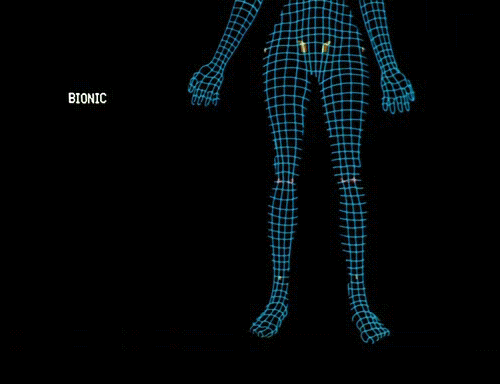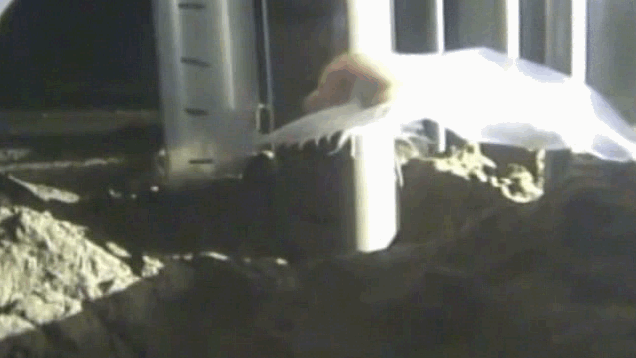That is one way to look at it.
Actually before I got the four main replacements (two knees, two hips) it was kind of a joke in the family that when I mentioned hip or knee pain I'd elaborate "old knee," "new hip," etc.
Actually before I got the four main replacements (two knees, two hips) it was kind of a joke in the family that when I mentioned hip or knee pain I'd elaborate "old knee," "new hip," etc.














Comment